Protecting Industries From the Most Common Fire Risks

Understanding and Mitigating Industrial Fire Hazards
Protect your business with cutting-edge fire prevention technology that keeps production running smoothly. Our advanced detection, suppression, and mitigation solutions safeguard your operations from costly disruptions.
Industrial processes generate sparks, heat, and dust that can lead to devastating fires and explosions. Firefly specializes in intelligent fire protection, ensuring safety without interrupting your operations.
Protection Against Common Industrial Fire Hazards
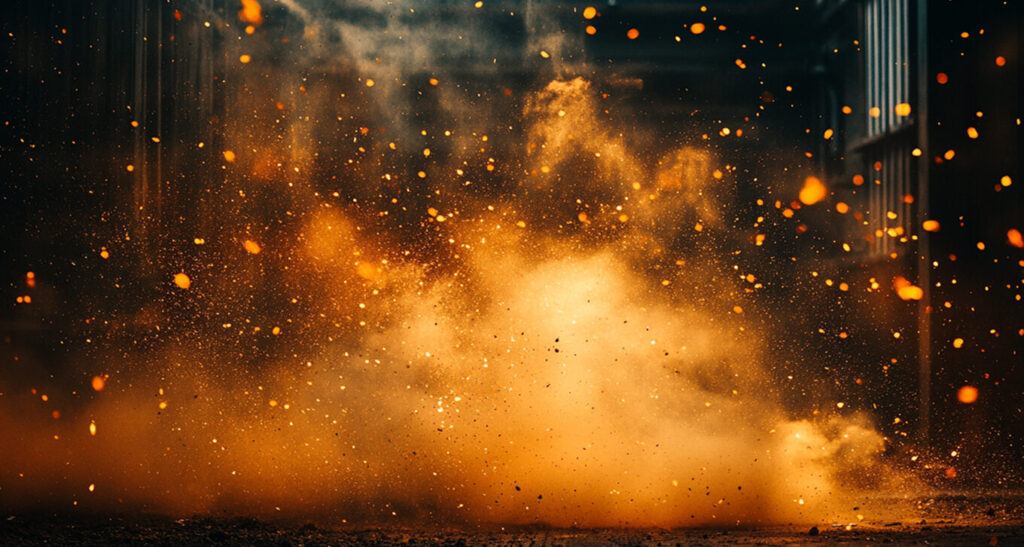
Flash fires are among the most dangerous and fast-moving industrial fire events. Triggered by the ignition of flammable gas, vapor, or dust in the air, they spread rapidly—leaving little time to respond. Protecting against flash fires means identifying ignition sources and controlling combustible atmospheres before they ignite.
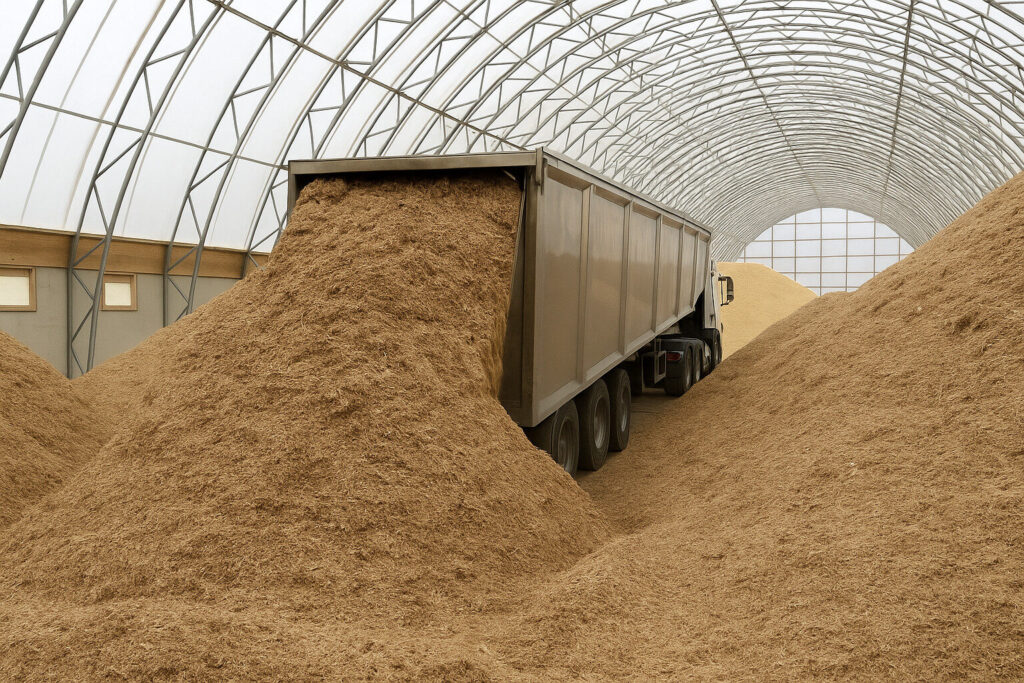
Many materials handled in industrial environments—wood, fabric, plastic, and paper—are inherently combustible. When processed at scale, these everyday materials become major fire risks, especially when stored in bulk or reduced to dust. Preventing fires starts with identifying high-risk accumulation zones.

Fine dust can become explosively dangerous when suspended in air and exposed to heat or a spark. Dust explosions are often underestimated—but when they occur, the damage is fast, powerful, and costly. Understanding how and where dust accumulates is the first step to prevention.
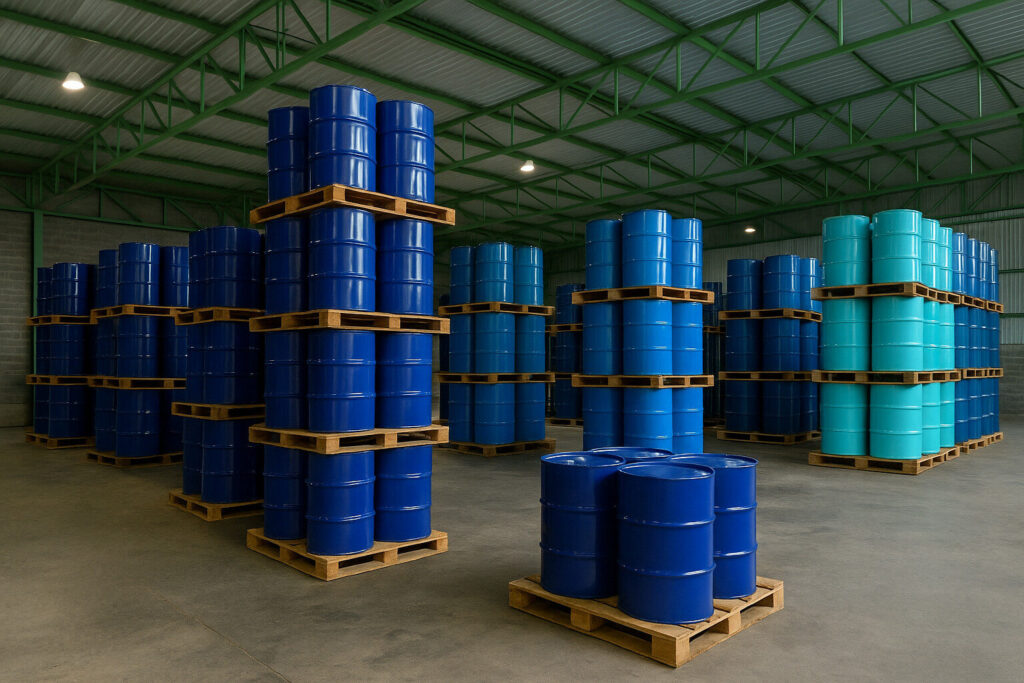
Flammable materials are found across nearly every industrial setting—in the form of liquids, solids, vapors, or gases. When mishandled or exposed to heat, these materials can ignite quickly and fuel fires that are difficult to control. Prevention relies on both containment and active detection strategies.

Friction-generated heat can be a silent but serious ignition source in high-speed or high-pressure machinery. When moving components wear, jam, or misalign, they generate enough heat to ignite surrounding dust or materials. Proactive detection is key to stopping fires before they start.
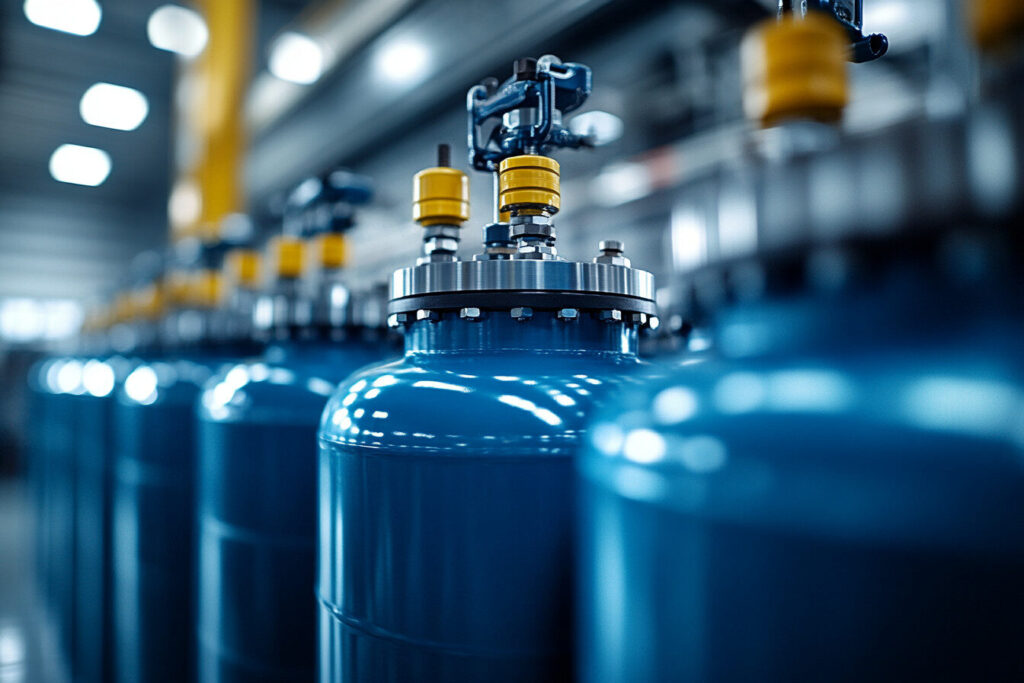
Flammable gases pose a unique fire risk: they’re often invisible, can spread quickly, and are easily ignited. A small leak or poor ventilation is all it takes to create a highly explosive environment. Real-time detection is critical when working with volatile gases.

Flammable liquids can ignite with minimal heat or a single spark, especially when spilled, sprayed, or overheated. In industrial environments, even small leaks can create vapor-rich atmospheres that pose serious fire and flashover risks. Prevention requires both containment and real-time response.
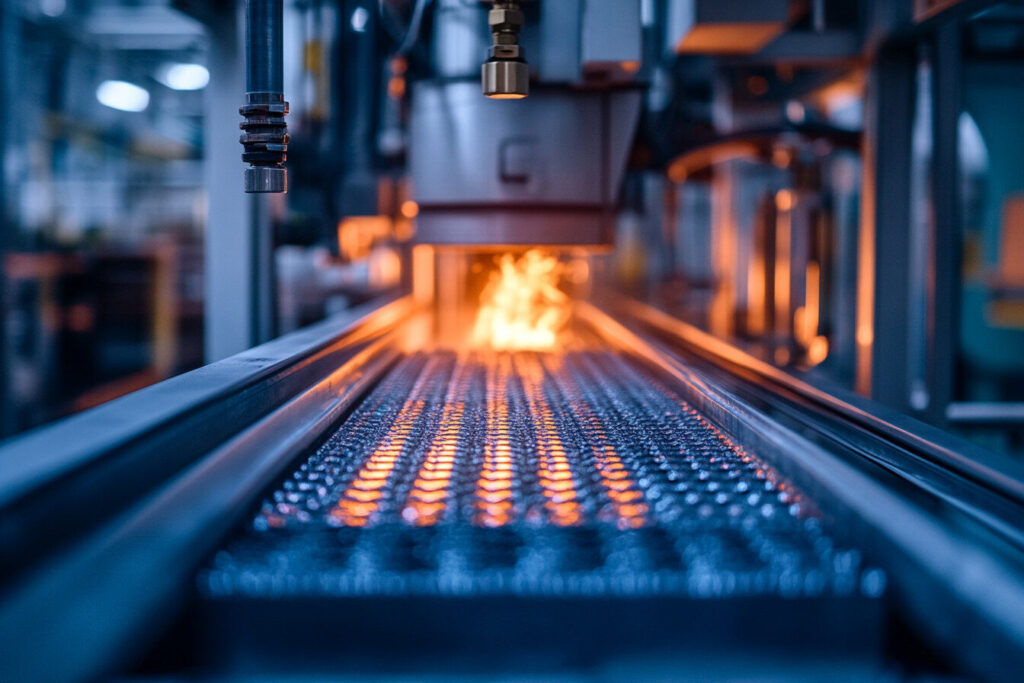
Machinery is central to industrial production—but it also concentrates multiple fire risks in one place. Heat, friction, electrical faults, and material jams make machines a frequent origin point for industrial fires. Proactive, localized protection is essential.
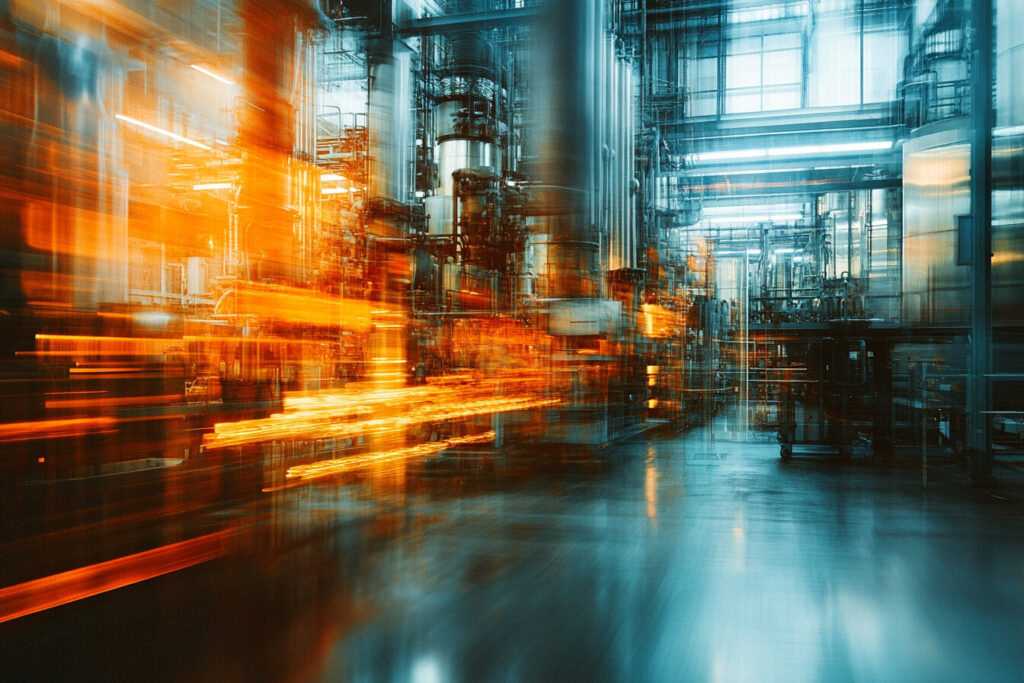
Overheating is one of the most insidious fire risks—often invisible until it’s too late. It can originate in motors, conveyors, storage areas, or even product itself. Continuous thermal monitoring is essential for high-risk zones.

Short circuits are one of the leading electrical fire hazards in industrial environments. When electrical current flows along an unintended path, it can produce extreme heat and ignition in seconds. These events often begin silently—inside panels or conduits—making early detection essential.
FM Approved Fire Protection
All our fire prevention products are FM approved, meeting the highest safety standards. As the official North American distributor for Firefly, we provide cutting-edge protection, including the only FM-approved spark detection system for high-temperature particles.
We solve complex fire protection challenges by working side by side with our customers to create lasting impact. Together, let’s safeguard what’s next.
Industries We Protect
Fire Safety Solutions for High-Risk Industries. We protect industries where fire risks are high, ensuring operational safety and business continuity.